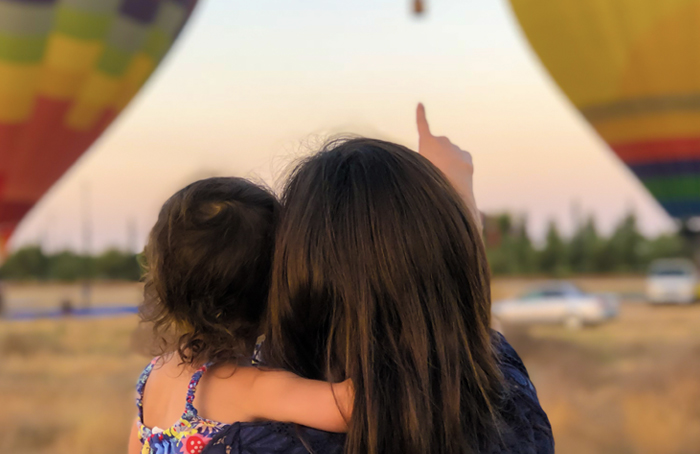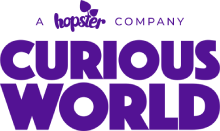
It's amazing the way babies come into the world as natural communicators. After their first cry, they exhibit an increasing variety of gestures and sounds; quickly becoming expert communicators, successfully letting us know their needs and desires through a variety of gestures and signals.
Throughout a child's early months, their gesture vocabulary expands in complex and fascinating ways. Children begin with deictic gestures (pointing at objects), and metaphoric gestures (movements to represent an idea, such as gesturing upward to indicate "high"). Then, as their use of language and vocabulary become more fluid, they begin to slowly connect words to objects and abstract thoughts. Little ones form a fully integrated relationship between gestures and words as they grow from toddlers to preschoolers. This relationship with language will continue to be refined throughout life.
Recent research in language acquisition has revealed just how important gestures are in supporting word acquisition, as well as in other learning areas, including math. The Goldin-Meadow Laboratory at the University of Chicago, headed by Susan Goldin-Meadow, is an important research hub for the study of non-verbal communication, like gestures.
In a 2011 TEDxUChicago TED Talk, Goldin-Meadow makes the case that gestures not only reveal what is on a child's mind, but can also help change a child's mind in order to support instruction and learning. This exciting discovery reinforces and supports our innate impulse to use gesture as a way to convey meaning.
Families can play an active role in word recognition and vocabulary skills simply by incorporating gestures, creative movement, and meaningful play experiences into a child's daily life, whether at home or on the go. Here are four easy activities that use gesture to generate vocabulary practice and boost literacy skills over time.
1. Use Your Hands
Use your own hands to gesture with your children. It's not clowning around, it's communicating, and nothing works better than showing them how. A good example of this is when you sing the "Itsy Bitsy Spider" song. Use your hands to model the spider climbing up the water spout, and the wiggle your fingers as the rain washes him back down.
2. Shape Up
When reading a story, encourage your child to point to images and identify them not only with words and sounds, but also by making shapes with their hands. Point to the wheels on the bus and trace their roundness with your finger as you say "round" or "circle". Ask your child to try it, too!
3. Sing Along
When driving in the car, play or sing simple songs that encourage children to use gesture and movement. There are tons of great silly songs like “Head, Shoulders, Knees and Toes”.
4. Play Games
Encourage playful activities where kids are given the opportunity to pretend and act out their ideas, or play games like "Simon Says" that require word and object recognition.
Whether you start with simple hand gestures or animated body language, by incorporating these elements into play and daily routine, you'll be supporting your child's vocabulary growth right in your own home.
Share with us on Facebook how your family incorporates literacy skills into everyday life.
This blog post was originally published on the HMH blog.





